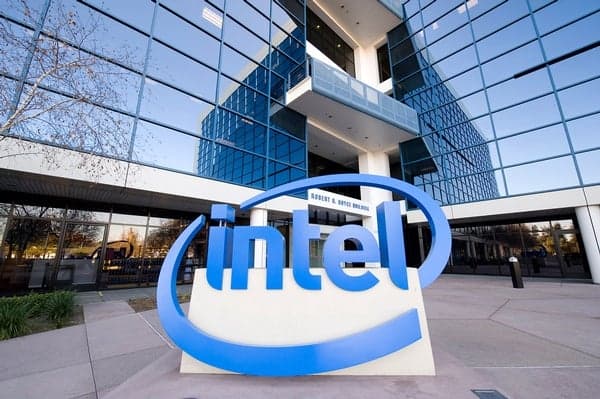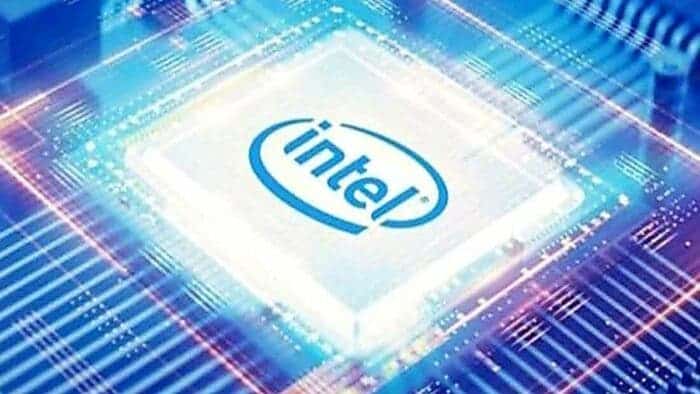According to the “Economic Daily“, after Intel launched the “IDM 2.0” strategy, it actively expanded its global presence. Intel’s internal plan is to increase the production capacity of its fabs by 30% within five years before 2026. This includes the addition of production capacity in Ireland, Israel, and the United States from 2023 to 2024. Of course, Intel hopes to challenge TSMC in the chip market.

Based on the large production expansion, the competition and cooperation between Intel and TSMC may become more intense, especially since Intel continues to strengthen the pace of advanced manufacturing. With the continuous expansion of its own production capacity, Intel’s plan and order volume of its central processing unit (CPU) orders will go to TSMC’s 3nm production from 2023. This is attracting much attention in the industry.
TSMC has new plants in the U.S. and Japan, however, its European layout is just starting. In terms of global expansion, Intel’s global layout is faster than TSMC. Its wafer production bases include Arizona, Oregon, and other states in the United States, Ireland in Europe, and the border between Europe and Asia. It also has plants in Isreal, China, and has assembly and testing-related factories in New Mexico, Costa Rica, and Malaysia.
Intel’s global expansion plan is massive
The blueprint for Intel’s European expansion plan is gradually becoming clear, and the fab may be in Germany. The R&D and design center will be built in France, and the packaging and testing plant will be built in Italy. According to industry news, the company will build at least one wafer fab in the United States and Europe. It will also look for a location to build a new advanced packaging plant. This will help the company to achieve a 30% increase in production capacity by 2026.
Intel’s IDM 2.0 strategy has three main directions. The capacity expansion emphasizes that the company will continue to produce most products in-house. Secondly, it intends to expand the provision of foundry services to become local foundries in the Americas and Europe. To this end, it has also established an independent business unit, Intel Foundry Services (IFS). Lastly, Intel will expand the use of third-party foundry capacity including TSMC.
In order to strengthen competitiveness, Intel’s capital expenditure this year is expected to range from $18 to $19 billion, and next year’s capital expenditure is expected to increase to $25 to $28 billion, an increase of at least 30%. Earlier, Intel has announced that it will invest $20 billion to build two new fabs in the Ocotillo campus in Arizona, USA.





